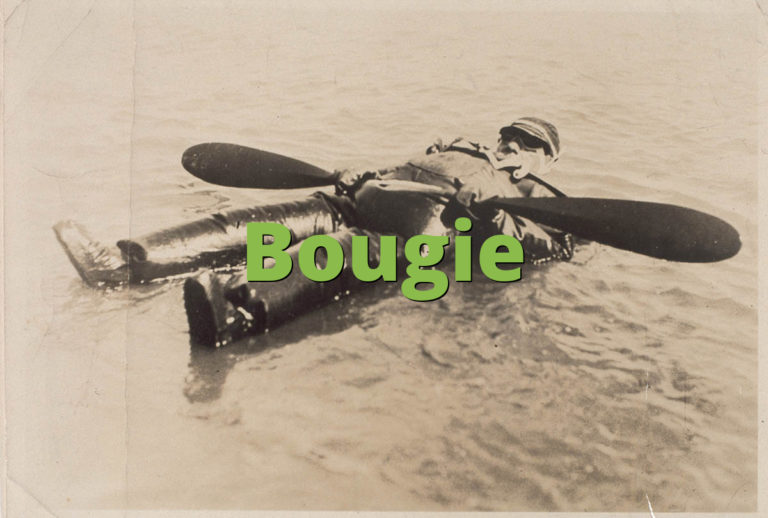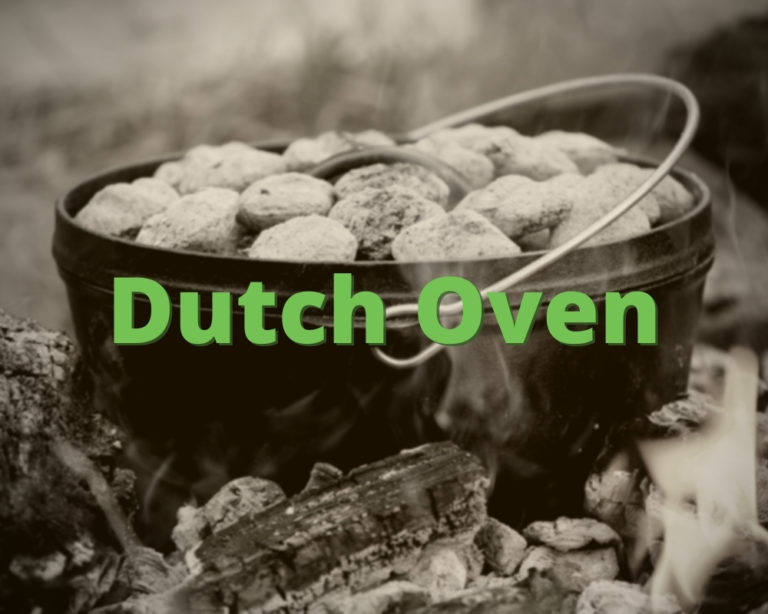Have you ever heard someone talk about a "dutch oven" and wondered what all the fuss was about? Well, buckle up, because we're diving headfirst into the slang world of this iconic cooking tool. Whether you're a seasoned chef or just starting out in the kitchen, understanding the lingo can make your cooking experience way more fun and, dare I say, flavorful. Let’s get cooking, shall we?
A dutch oven isn't just a pot—it's a cultural icon, a kitchen workhorse, and a piece of history. But let's be real, not everyone calls it by its proper name. People around the world have their own unique slang for dutch oven, and that's what we're here to explore. So, grab your apron, and let's uncover the hidden secrets behind this kitchen staple.
From its origins to its modern-day uses, the dutch oven has earned its place in kitchens worldwide. But before we dive into the slang, let's take a moment to appreciate how this humble pot has transformed the way we cook. Whether you're braising, baking, or simmering, the dutch oven is your go-to tool. Now, let's spice things up with some slang!
Read also:Mkv Cinemas Kim Your Ultimate Destination For Cinematic Adventures
What Exactly is a Dutch Oven?
Let’s start with the basics. A dutch oven is a heavy, lidded pot traditionally made from cast iron. It’s designed to retain heat evenly, making it perfect for slow-cooking, roasting, and even baking. But here's the kicker—different regions and cultures have their own twist on this classic tool. Some call it a "casserole dish," others might refer to it as a "camp oven," and in some parts of the world, it's just a "big pot." Whatever you call it, it’s a game-changer in the kitchen.
Slang for Dutch Oven: The Lingo You Need to Know
Now that we’ve got the basics down, let’s dive into the fun stuff. Slang for dutch oven isn’t just about being cute—it’s about community, culture, and connection. Here’s a breakdown of some common slang terms you might encounter:
1. Camp Oven
In Australia and New Zealand, a dutch oven is often referred to as a "camp oven." This term comes from the tradition of using these pots for outdoor cooking during camping trips. Picture this: a group of mates gathered around a campfire, tossing in a hearty stew. It’s not just about the food—it’s about the experience.
2. French Oven
Le Creuset, one of the most famous brands of enameled cast iron cookware, popularized the term "french oven." While technically similar to a dutch oven, the "french oven" often refers to the more polished, enamel-coated version. So, if you're cooking up a fancy dinner party, you might want to whip out your french oven instead.
3. Big Pot
Sometimes, simplicity is key. In many households, especially in rural areas, a dutch oven is simply called a "big pot." No frills, no fuss—just a reliable tool for cooking large meals. Whether you're making a pot of beans or a batch of chili, the "big pot" gets the job done.
4. Oven Pot
Another straightforward term, "oven pot" emphasizes the versatility of the dutch oven. It’s not just for stovetop cooking—it’s designed to go straight into the oven. So, whether you're baking bread or roasting a chicken, the "oven pot" is your best friend.
Read also:Why Viloggers Com Is Your Ultimate Travel Companion
Why Do We Use Slang for Dutch Oven?
Language is a reflection of culture, and slang is no exception. Slang for dutch oven isn’t just about convenience—it’s about creating a shared language among cooks and food enthusiasts. Here are a few reasons why slang is so important:
- Community Building: Slang helps cooks connect with one another, forming a sense of camaraderie and shared experience.
- Cultural Expression: Different regions and cultures have their own unique ways of referring to kitchen tools, and slang is a way to celebrate those differences.
- Creative Freedom: Slang allows cooks to express themselves creatively, adding a personal touch to their cooking routine.
History of the Dutch Oven
Before we move on, let’s take a quick trip down memory lane. The dutch oven has a rich history that dates back to the early 18th century. Originally developed in the Netherlands, these pots quickly became popular across Europe and the Americas. In fact, they were so beloved that they became a staple in colonial American kitchens. So, the next time you use your dutch oven, take a moment to appreciate its storied past.
How to Use a Dutch Oven Like a Pro
Now that you know the slang and the history, it’s time to put your dutch oven to work. Here are a few tips to help you get the most out of this versatile tool:
1. Preheat Properly
Whether you're using a cast iron or enameled dutch oven, preheating is key. This ensures even heat distribution and prevents your food from sticking to the bottom of the pot.
2. Don’t Overfill
A common mistake is overfilling the pot. Leave enough space for the steam to circulate, especially when cooking stews or soups. Trust me, your food will thank you.
3. Experiment with Recipes
From bread to braised meats, the possibilities with a dutch oven are endless. Don’t be afraid to try new recipes and push the boundaries of your cooking skills. Who knows? You might discover your new favorite dish.
Slang Variations Around the World
As we mentioned earlier, different regions have their own unique slang for dutch oven. Here’s a quick rundown of some global variations:
- Africa: "Potjie" is a popular term in South Africa, referring to a three-legged cast iron pot used for outdoor cooking.
- Asia: In some parts of Asia, dutch ovens are simply referred to as "woks" or "pots," depending on the region.
- Europe: In France, it’s "marmite," while in Germany, it’s "Bräter." Each country has its own twist on the classic dutch oven.
The Science Behind Dutch Ovens
Why are dutch ovens so effective? It all comes down to science. The thick walls and heavy lid of a dutch oven help retain heat, creating a mini-oven effect. This makes it perfect for slow-cooking, roasting, and baking. Plus, the enamel coating on modern dutch ovens prevents food from sticking, making cleanup a breeze.
Buying the Right Dutch Oven
Not all dutch ovens are created equal. When shopping for one, consider the following factors:
1. Material
Cast iron or enameled cast iron? That’s the first question you’ll need to answer. Cast iron is durable and retains heat well, but it requires seasoning. Enameled cast iron, on the other hand, is easier to clean and doesn’t require seasoning.
2. Size
Think about the types of meals you’ll be cooking. A 5-quart dutch oven is great for small families, while a 7-quart pot is better suited for larger gatherings.
3. Brand
Brands like Le Creuset, Staub, and Lodge are known for their high-quality dutch ovens. Do your research and choose a brand that fits your budget and cooking needs.
Conclusion
So, there you have it—a deep dive into the world of slang for dutch oven. From its rich history to its modern-day uses, the dutch oven is more than just a cooking tool—it’s a cultural icon. Whether you call it a "camp oven," a "french oven," or just a "big pot," the important thing is to enjoy the cooking process.
Now, it’s your turn. Share your favorite dutch oven recipe in the comments below, or tag us in your cooking adventures on social media. And don’t forget to check out our other articles for more cooking tips and tricks. Happy cooking, friends!
Table of Contents


